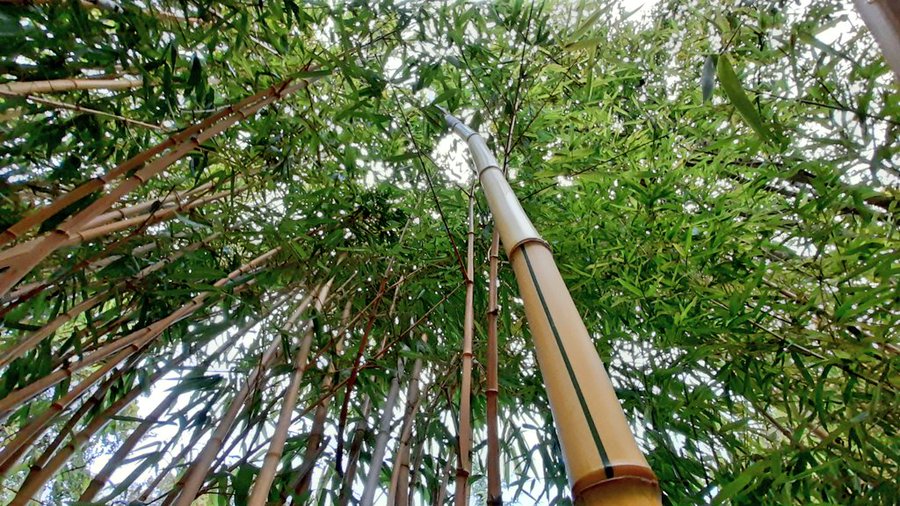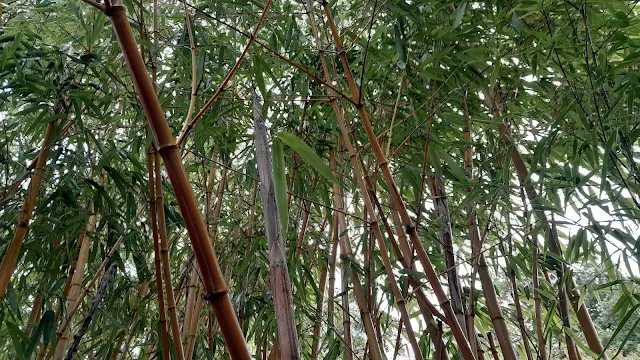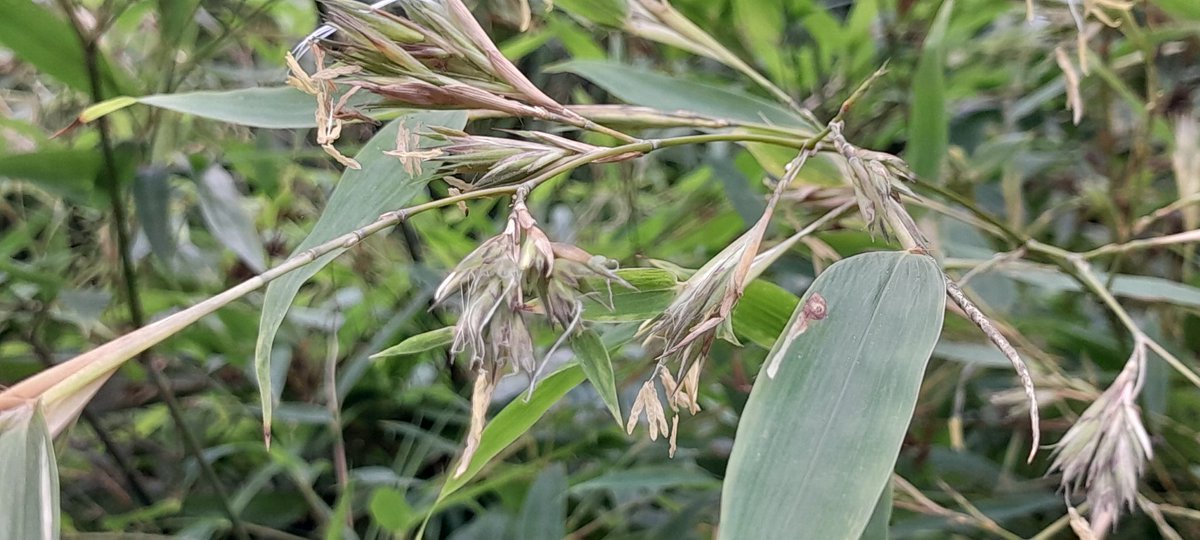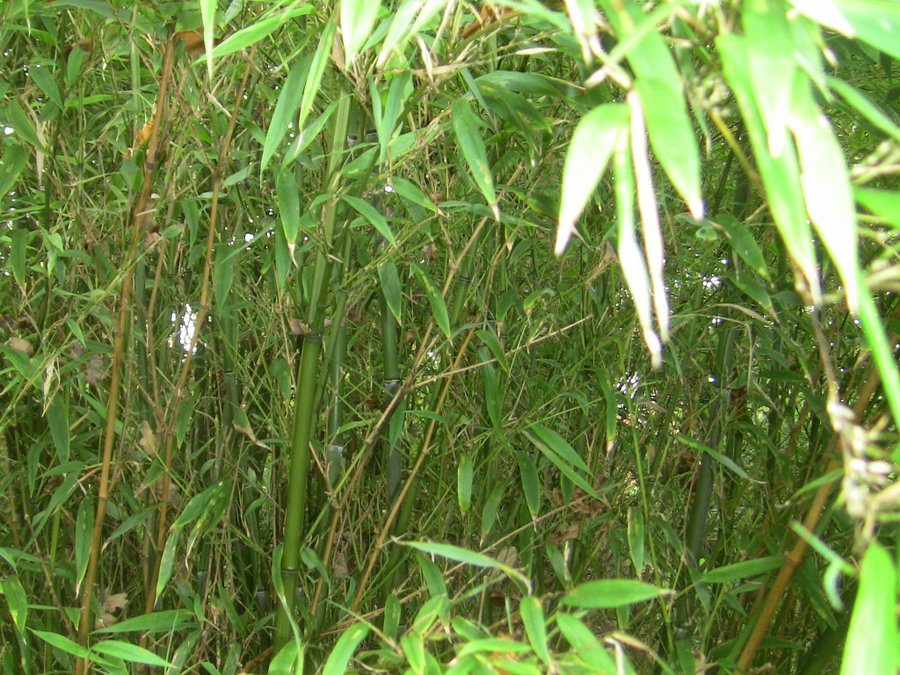Garden bamboo plants are popular in the United Kingdom (UK) and are the main features of many gardens.
They have attractive foliage and bring a tropical effect to the garden, evergreen and dense.
They are a delight to have in the gardens - here are bamboo plants for sale from top UK suppliers.
 |
| Phyllostachys vivax Garden Bamboo Plants |
Running vs. clump-forming bamboo
The bamboo plants are native to tropical and sub-tropical areas but come cultivars thrive in temperate in the UK.
Bamboo varieties such as red bamboo, black bamboo and yellow bamboo do exceptionally well in British weather.
Fargesia robusta and Fargesia nitida are among the best umbrella bamboo for screening because they have dense foliage from top to bottom.
Although some bamboo varieties are invasive, many UK gardeners are finding simple ways to grow and contain bamboo plants.
Buy Bamboo Plants for Screening
 |
| Clumping Bamboo Plants UK |
Small bamboo plants, the clump-forming bamboo plants are great pot and container plants.
The prices are reflective of the various sizes of the plants at the time of the article and a subject to change.
Check with your local garden centre and online stores. Here is a list of top UK bamboo suppliers.
Bamboo plants in pots for sale
The ‘Price range’ in the tables above takes the lower-end price from the major online markets like e-Bay and Amazon at the time of this article.
Costs of Bamboos ranges between £20 and £60 or can be even higher. When buying plants, always choose a reputable garden shop because they sell high-quality plants.
Always check the post and package cost as this may not be included in the final cost of the bamboo plant. This may be dumb, but it is the best way to avoid paying more than you should.
The upper price limits are from the leading Garden Centres in the UK. The upper price limits are indicative of the delivery prices. However, the prices do fluctuate, therefore check the actual door price before making a purchase.
Buy screening bamboo plants
Online bamboo P&P:
Getting bargain garden bamboo plants from online marketplaces like Amazon and e-Bay can be satisfying.
However, the price of Garden Bamboo Plants from online marketplaces does not include the postage and packing, P&P.
Therefore, it is perhaps important to check out the actual cost price of the plant on sale before buying it.
Home bamboo delivery:
Many established Garden Centres and online garden shops in the UK factored the cost of delivery into their charges.
Though it may look expensive, the price of bamboo plants on sale is always the home-delivery price.
So whether you are thinking of buying from the major online marketers or at your favourite garden shops, use the Price Range in the tables in this article as a guide.
Check out GBP Blog's archive and YouTube Videos for tips and tricks to Grow Bamboo Plants in the UK. It has an updated collection of articles on ALL-YOU-NEED-TO-GROW-BAMBOO plants.







